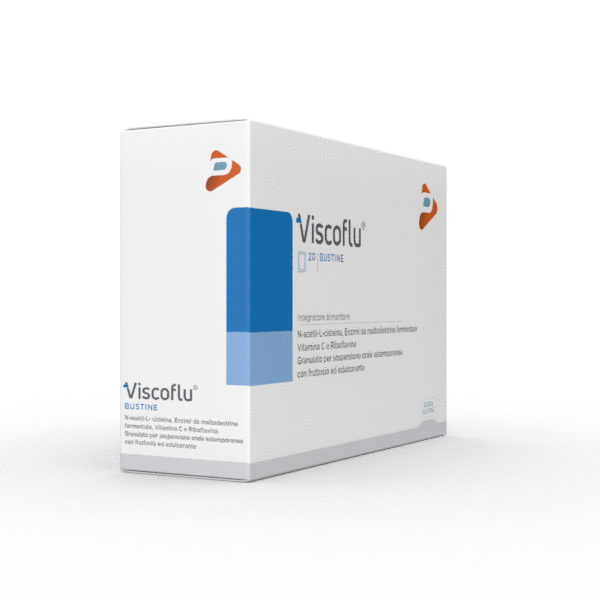The sensation of a stuffy nose, runny nose, and retro-nasal drip are the main symptoms of rhinitis, which is generally defined as an inflammation of the nasal mucous membranes that are attributed an infectious viral origin (common cold) or allergic. The feeling of a stuffy nose is the consequence of dilation of the small vessels present in the nasal mucous:
the resulting edema (swelling) reduces the passage of air making breathing difficult. To alleviate this annoying symptomatology, decongestant sprays or vasoconstrictors are often used, relieving blood supply and congestion, produce relief. But care must be taken: if local decongestants are normally well tolerated, it is also true that vasoconstrictors should be used appropriately.
Their frequent and prolonged use can cause the appearance of tolerance, inducing them to intensify their administration and thus establishing a vicious circle. Moreover, perhaps not everyone knows that the vasoconstrictors if administered simultaneously in both nasal cavities, lead in a few weeks to medicative rhinitis or rebound rhinitis, a condition of permanent congestion characterized by the simultaneous closure of both nostrils. The experts in rhinology and nasal cytology support it, explaining how the nostrils work in turn, alternating between activity and rest. The nose, in fact, considering its filter function of about 15 thousand liters of air, on average, breathed every day – during which the nasal mucous finds itself fighting against viruses, bacteria, smog, pollen, dust, etc. – needs a sort of pause to be able to decontaminate. Therefore, the specialists warn, vasoconstrictors should not be used for more than a week and never simultaneously in both nostrils. The importance of choosing the right product
In all cases of rhinitis, it is advisable to opt for spray products based on hypertonic decongestant saline solution, free of vasoconstrictors and excipients harmful to the mucous. In particular, there are commercially available preparations that associate N-acetylcysteine, thus also exploiting its fluidifying properties. This type of solution is able to facilitate the fluidification and mechanical removal of mucous secretions stagnating in the nasal cavities and in the paranasal sinuses, improving the symptoms and the course of acute, subacute and chronic inflammation of the upper respiratory tract and favoring the restoration of air patency in full compliance with the nasal mucous.


